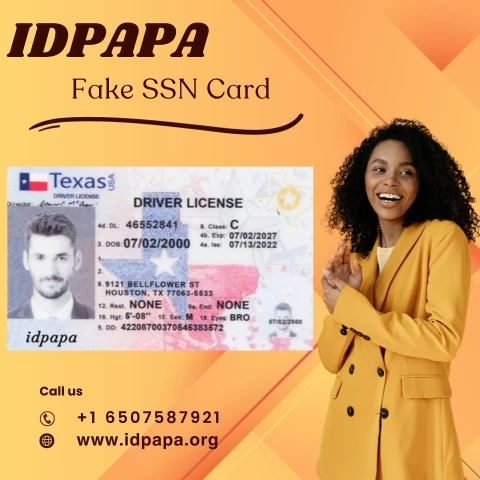In today's fast-paced world, protecting our personal information is of paramount importance. One crucial aspect of this is safeguarding our Social Security Numbers (SSNs) from falling into the wrong hands. Unfortunately, the rise of identity theft has led to the circulation of fake SSNs, posing significant risks to individuals and organizations alike. This article aims to shed light on how to identify fake SSNs and provides essential tips to protect yourself from potential harm.
Spotting Fake SSNs:
Understanding the Structure:
A genuine SSN consists of three parts separated by hyphens (e.g., 123-45-6789). The first three digits represent the area number, the next two digits represent the group number, and the final four digits represent the serial number. Recognizing this structure can help you identify anomalies in any provided SSN.
Checking for Valid Area Numbers:
The area number, the first three digits, is determined by the zip code of the mailing address shown on the SSN application. Familiarize yourself with the list of valid area numbers issued by the Social Security Administration (SSA) to spot any discrepancies.
Valid Group Numbers:
The second set of digits, the group number, ranges from 01 to 99. These numbers are not assigned consecutively, so be cautious of numbers that don't align with this pattern.
Analyzing Serial Numbers:
The last four digits, the serial number, run consecutively from 0001 to 9999 within each group number. If you come across a serial number that seems unusually high or low for its group, it may be a sign of a fake SSN.
Protecting Yourself:
Avoid Sharing SSNs Unless Necessary:
Be cautious about providing your SSN, even to trusted institutions. Only disclose it when absolutely required for legal or financial transactions.
Secure Digital Communication:
When transmitting your SSN electronically, make sure you're using secure channels. Avoid sending it via regular email, and opt for encrypted methods whenever possible.
Check for Red Flags:
If you're in a situation where someone requests your SSN, be vigilant for any suspicious behavior or communication. Verify the legitimacy of the request before proceeding.
Monitor Your Financial Statements:
Regularly review your bank statements, credit reports, and any other financial documents. Report any discrepancies or unfamiliar activity to the appropriate authorities immediately.
Use Strong Passwords and Multi-Factor Authentication:
Strengthen your online security by using complex passwords and enabling multi-factor authentication on your accounts. This adds an extra layer of protection against unauthorized access.
Conclusion:
In a world where personal information is a valuable commodity, being vigilant about safeguarding your Fake SSN is crucial. By understanding the structure of a valid SSN and following best practices for protecting your personal information, you can significantly reduce the risk of falling victim to identity theft or fraud. Stay informed, stay vigilant, and take the necessary steps to keep your SSN safe from potential misuse. Remember, prevention is key in the battle against fake SSNs. For more information visit IDPAPA.



